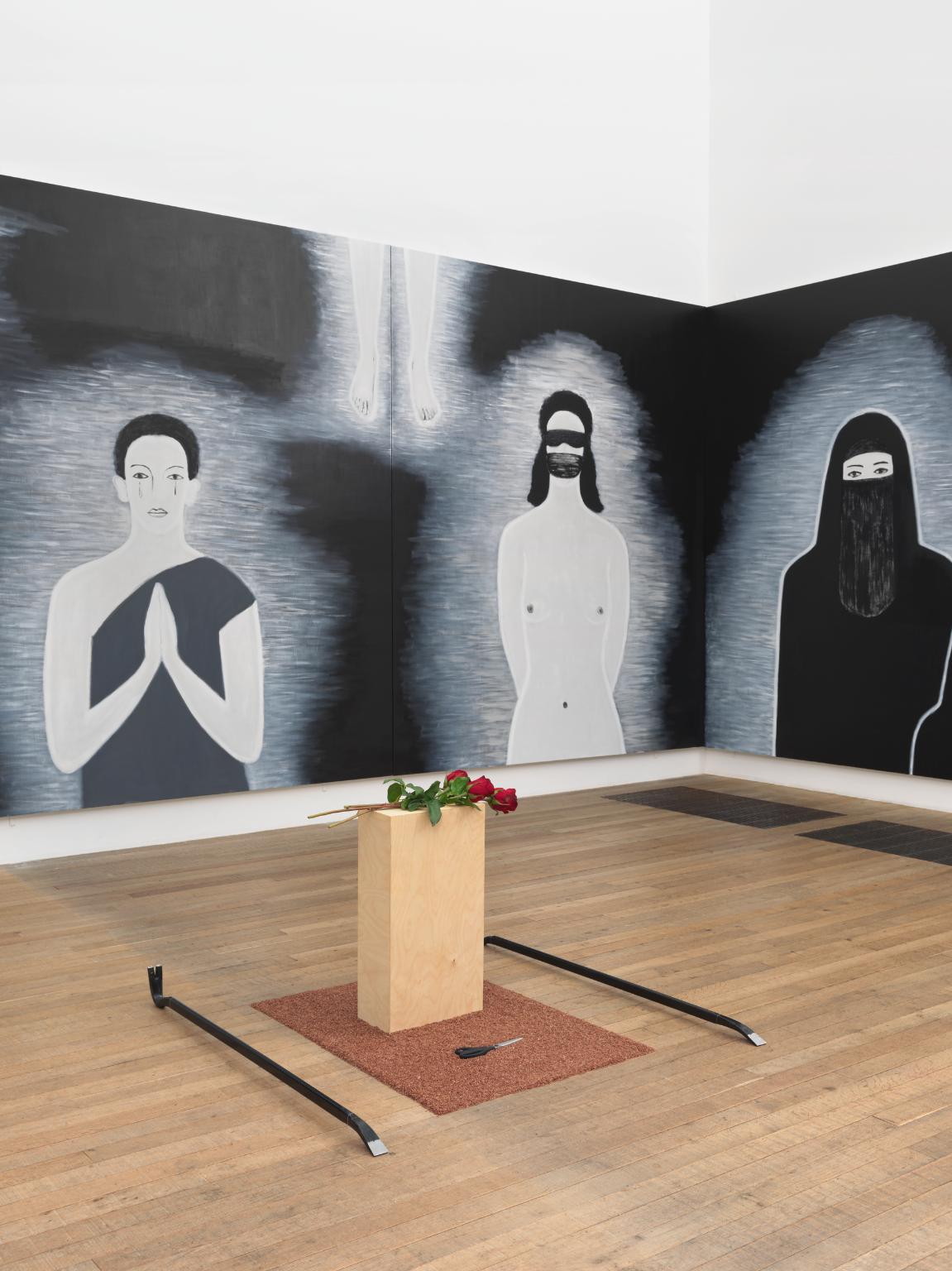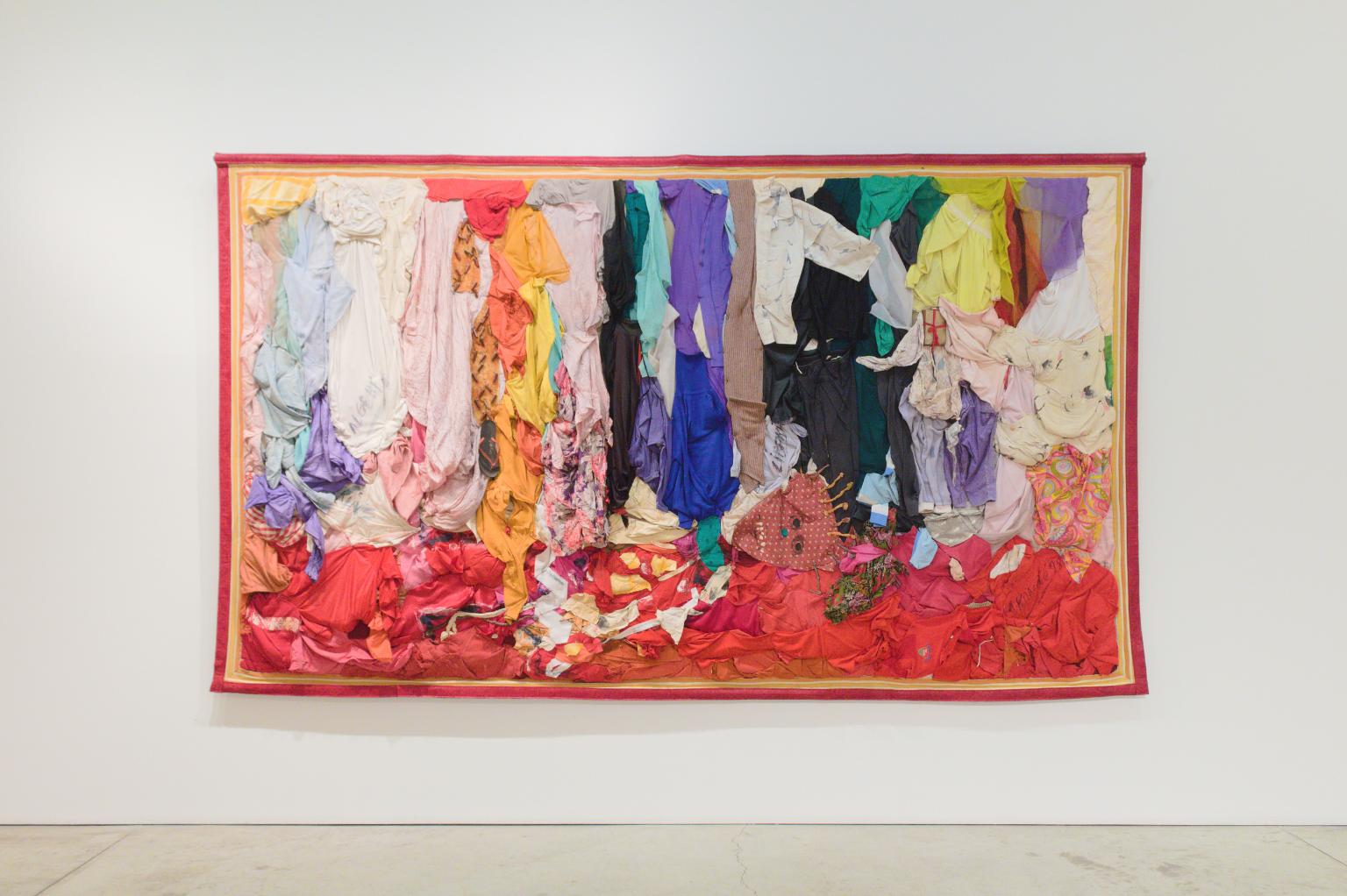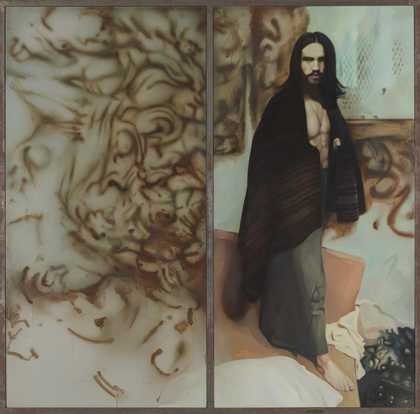View artworks that pay tribute to campaigners for citizenship and civil rights
Many of the works in this room were made as interventions in political debates. They often draw attention to people who have campaigned for citizenship and civil rights. In several cases, the choice of materials also has political associations.
The display includes artists from a range of countries. They all produce work in response to specific political circumstances. Some works were made as an immediate response to events. Others look back to the struggles of the past and their connection to the present.
The variety of approaches is also broad. There are works based on photographs or other media. Some artists use abstraction. While others employ more representational imagery, bearing direct witness to injustice. One of the recurring themes is the violence inflicted by the state against those who challenge it. This includes the brutal actions of police in response to protest, and the treatment of prisoners.
Tate Modern
Natalie Bell Building Level 2 West
Room 10
1 February 2022 – 3 November 2024
Art in this room



